Farnam SuperMask II Horse Fly Mask without Ears
For the best fly mask for horses that’s made to last, the Farnam SuperMask II Horse Fly Mask protects your horse’s sensitive eyes from annoying flies, dust and debris. This fly mask also offers a comfortable design that stays in place and offers fly control for horses, thanks to the unique horse-proof Double-Latch Closure.
For the best fly mask for horses that’s made to last, the Farnam SuperMask II Horse Fly Mask protects your horse’s sensitive eyes from annoying flies, dust and debris. This fly mask also offers a comfortable design that stays in place and offers fly control for horses, thanks to the unique horse-proof Double-Latch Closure.
- Horse fly mask protects eyes from insects
- Best fly mask for horses that won’t obstruct vision
- Fly mask shields eyes from flying dust, dirt and debris
- Horse-proof Double-Latch Closure provides twice the staying power of other masks
- Aids healing after eye injury while providing fly control for horses
- Provides maximum comfort with no rubbing or harsh abrasion
- Available in sizes: X-Large, Horse, Small Horse/Arabian, Yearling, and Foal
Additional information
| Care Instructions | Hand Wash |
|---|---|
| Closure Type | Latch |
| Features | Horse Fly Mask |
| Coverage Area | Face |
| Primary Material | Mesh |
| Targeted Fly Type(s) | Flies |
| Warranty | Satisfaction Guaranteed |
| Manufacturer Part Number | 100526865 |

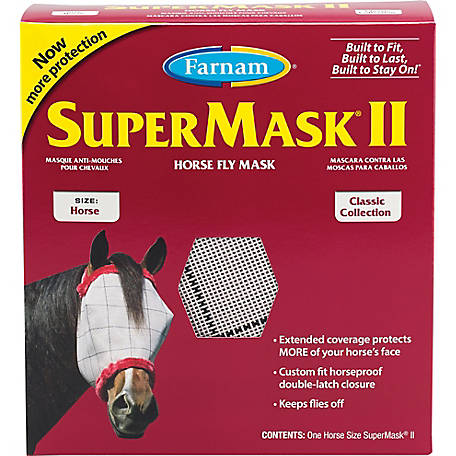
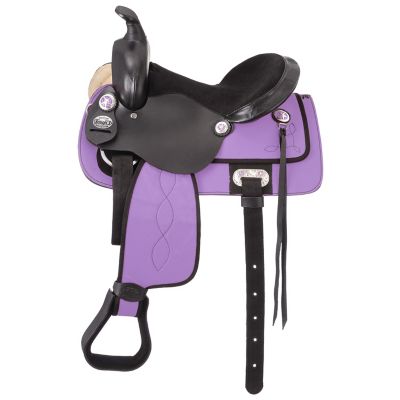
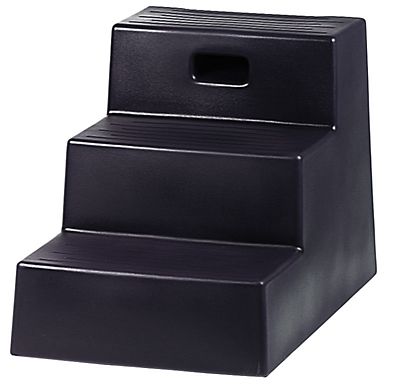

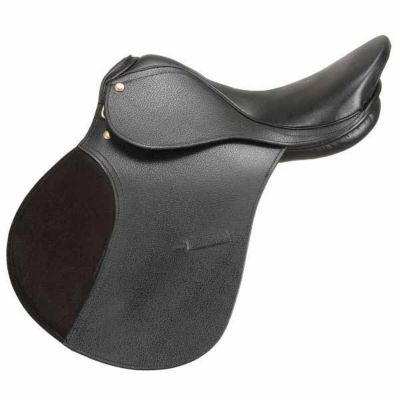
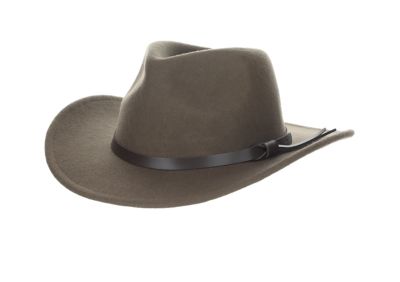
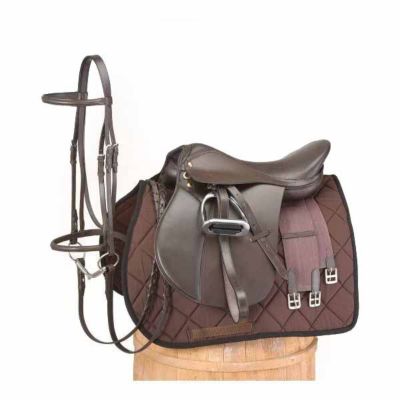
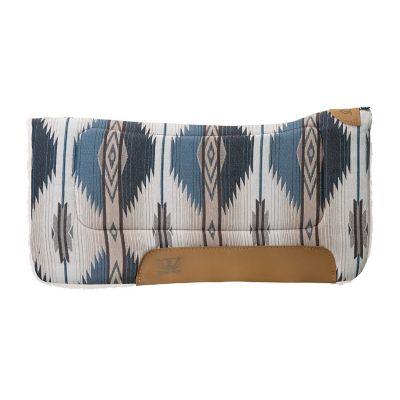
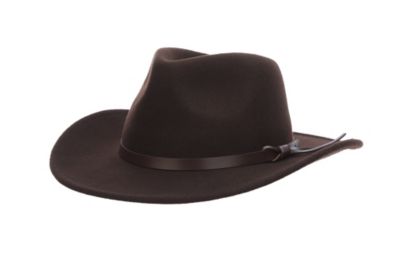
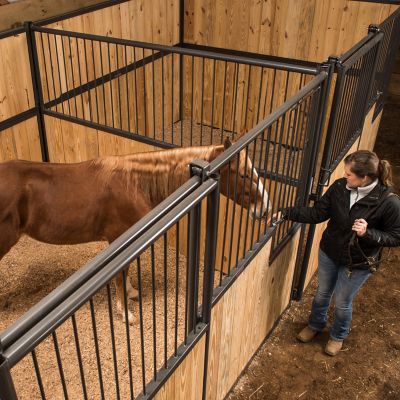
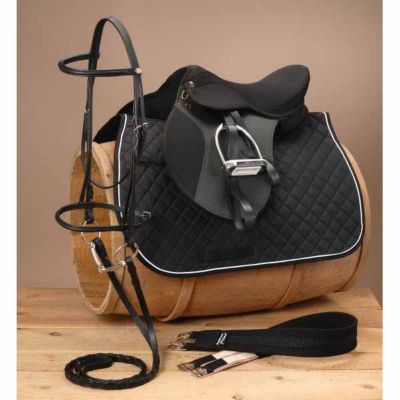
by Hodge
Durable. Does the job. Velcro is super strong. Well made.
by Kathy
I have some horses that really have problems with the bugs in summer and this helps a lot. They were coming to the barn in the evening with flies on their faces, trying to rub them off on me! Not anymore!
by Gary
Covers head very well, nice fit. Longer mask and giver great cover.